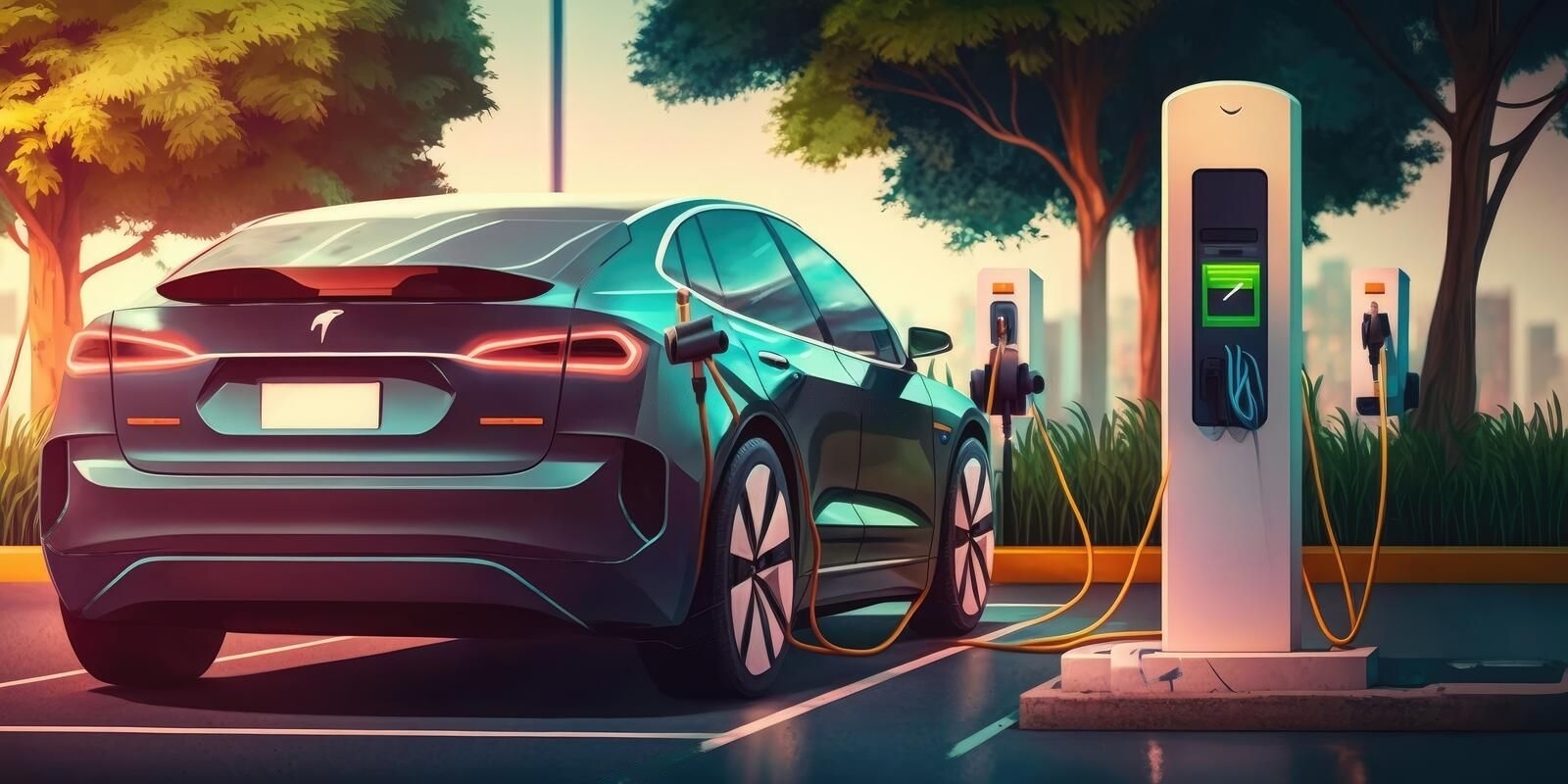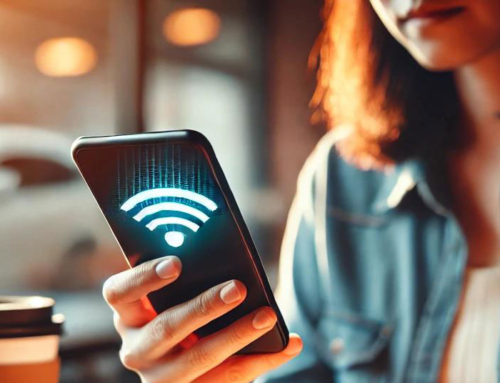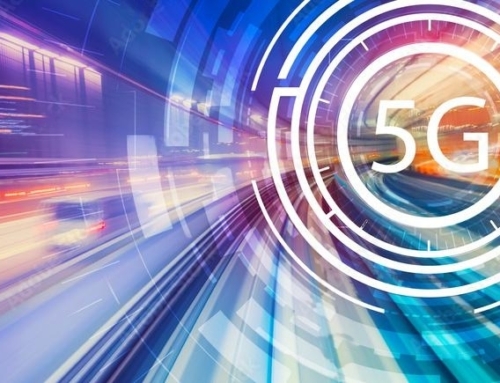Hello to all you EV enthusiasts! Let’s chat about something that’s crucial for keeping our electric rides juiced up and ready to roll: the cellular connections in EV charging stations. Though it may sound a little techy, bear with me; it’s more fascinating—and vital—than you would have guessed.
The Lowdown on Cellular Connectivity
So, why do these charging stations need a solid cellular connection? Here’s the scoop:
- Remote Control: Imagine having to check on every charging station in person. Nightmare, right? A strong cellular connection lets operators monitor and manage these stations remotely. They can see if everything’s working fine, fix issues, and update software without even being there.
- Driver Apps: We all love our apps, don’t we? To find the nearest charger or check if it’s available, drivers rely on smartphone apps. These apps need a good connection to work smoothly, ensuring you’re never left stranded.
- Smooth Payments: Paying for your charging session should be as easy as a tap on your phone. Reliable cellular connections ensure that payment transactions are processed quickly and securely, keeping the line moving.
- Grid Harmony: Some chargers adjust their power use based on the electricity demand on the grid. This is called demand response. For these adjustments to happen in real-time, a continuous cellular connection is key.
- Quick Fixes: In case of emergencies or urgent updates, a good connection allows for swift communication and software updates, keeping everything safe and functional.
- Data Sharing: Charging stations send lots of data to various stakeholders—think network operators, utility companies, and even government agencies. Consistent cellular connections make sure this data gets where it needs to go.
How It All Works
Now, let’s break down how these stations connect to cellular networks in a way that’s easy to understand:
- Built-In Modem: Each charging station has a cellular modem (typically a 5G modem), kind of like the one in your smartphone, but specifically for this purpose. It supports different tech, like 4G LTE and 5G.
- SIM Card: Just like your phone, these modems need a SIM card to connect to the network. These are enterprise-grade SIM cards built to last in tougher conditions.
- Network Hook-Up: Once the SIM card is active and the station is powered up, it connects to the cellular network. The SIM card picks up the strongest signal available and locks in.
- Getting an IP Address: The network gives the charging station its own IP address, which can possibly change with each connection or remain static, depending on the plan.
- Sending Data: With the connection set, the station can now send and receive all kinds of data—payment info, status updates, you name it.
- Keeping It Secure: Security is a big deal, especially for sensitive data. These stations use security like VPNs and encrypted communications to keep all of the data safe and secure.
- Remote Management Specialized software lets operators keep an eye on the stations from afar. They can monitor, update, and manage everything through the cellular network.
Wrapping It Up
In a nutshell, strong cellular connections are the backbone of EV charging stations. They ensure everything runs smoothly, from finding a charger to paying for your juice, and even keeping the grid balanced. Next time you plug in your EV, remember there’s a lot going on behind the scenes to make that seamless experience possible. Happy charging!






